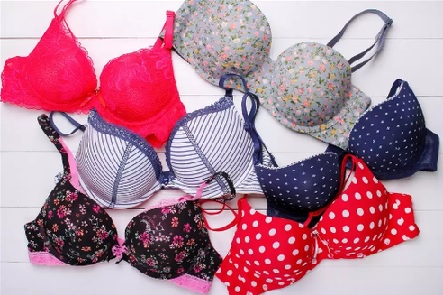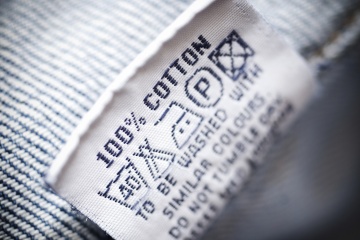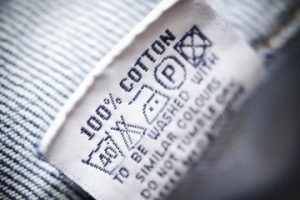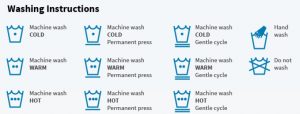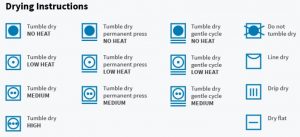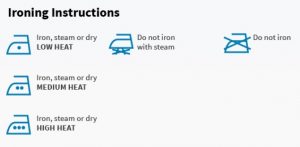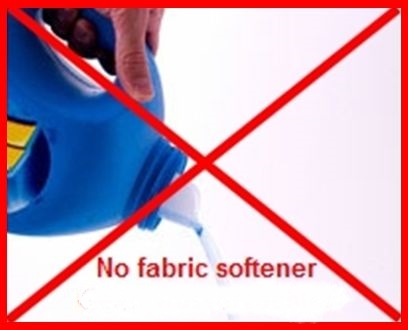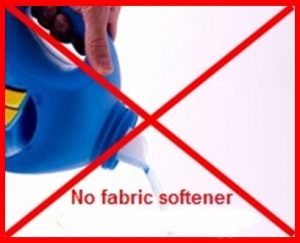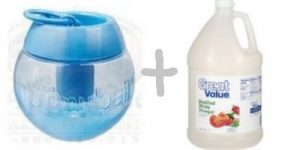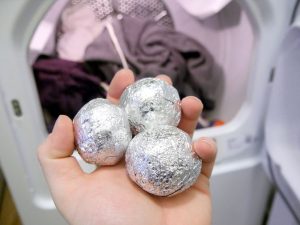Brassiere Washing

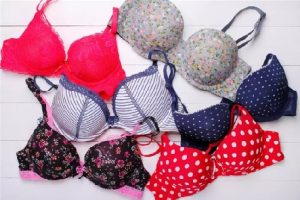
Although bras don’t necessarily fall in the “wash after every use” category, like underwear and socks, they do require more maintenance than you might be currently giving them.
“Rule of Three”
They should be washed every three wears rather than every three days. It’s a good idea to have one to wash, one to wear and one to store and swap out.
The reason you should have multiple bras to swap out is because the fibers in the elastics don’t have a chance to rebound and go back to where they were. In a matter of days, you’ll find the back of your bra hiking, because those elastics have already stretched.
Washing
Ideally, bras should be hand washed in warm water, using a delicate detergent. Gently rub until it’s clean, make sure it’s thoroughly rinsed and hang or lay flat to dry.
If you’re rushed for time, use your machine on the gentle/delicate cycle and use a gentle detergent. Be sure to secure the hook and eye because a lot of time that hook and eye can snag the lace or fabric.
Thankfully, newer washing machines, which don’t have agitators, are much gentler on bras. But even so, placing your bra in a lingerie bag before putting it in the machine is best. Lingerie bags prevent warping of underwire bras, fraying and excessive stress on the elastic waist.
Drying
Never put your bra in the dryer. Heat can cause your bra to shrink and that will impact the fit and comfort. A well-made bra should last up to five years if it is hand-washed and air-dried.


